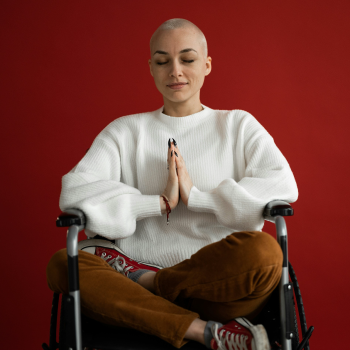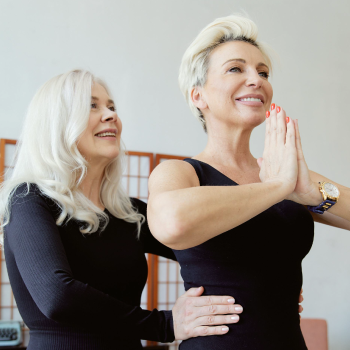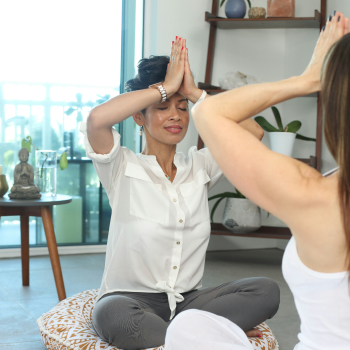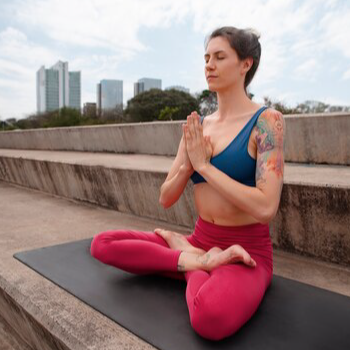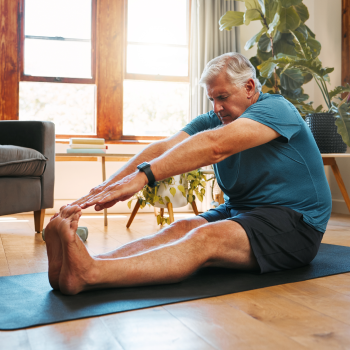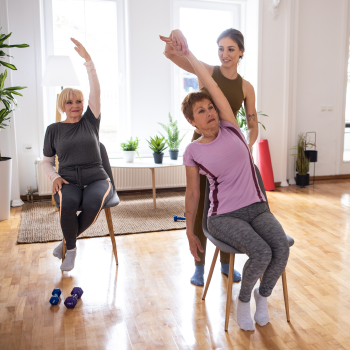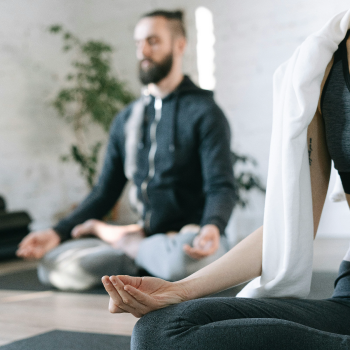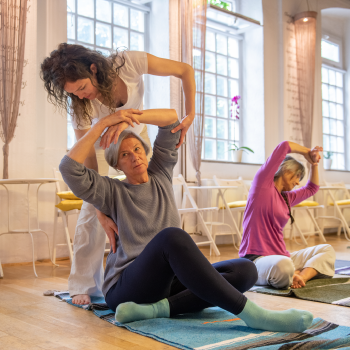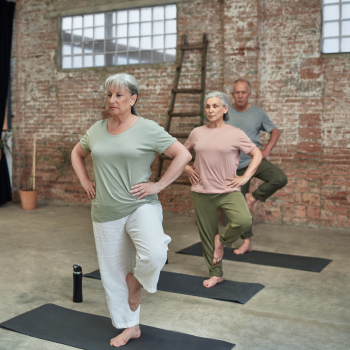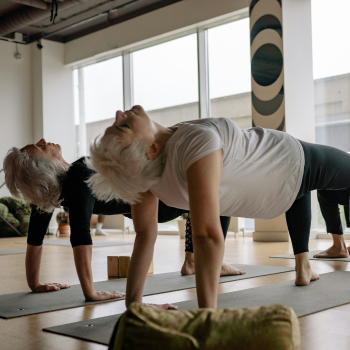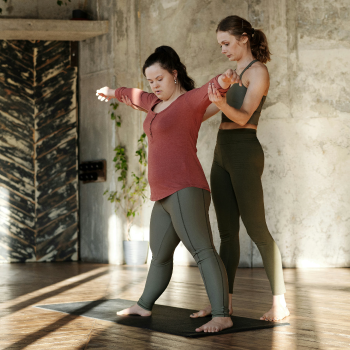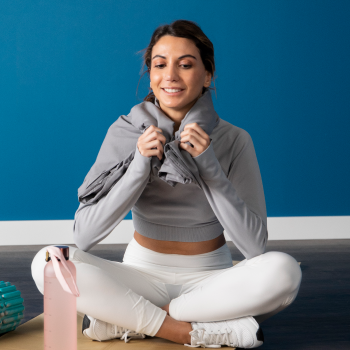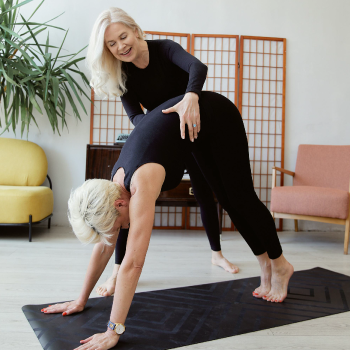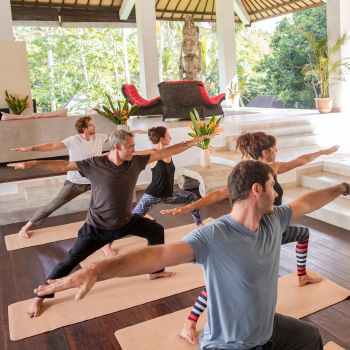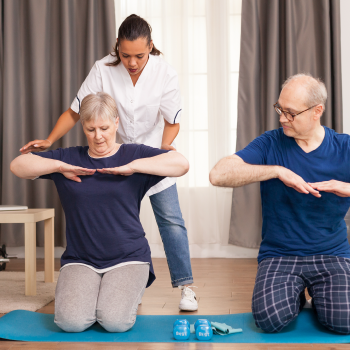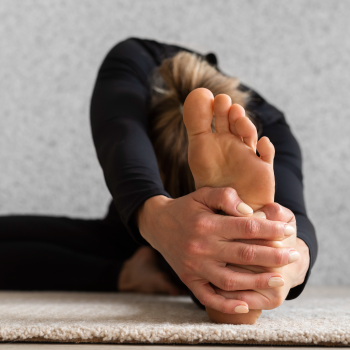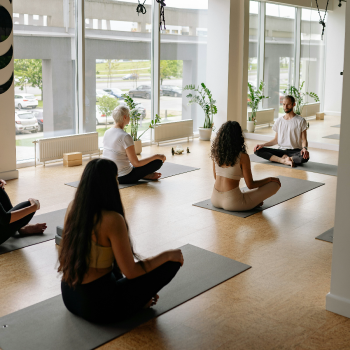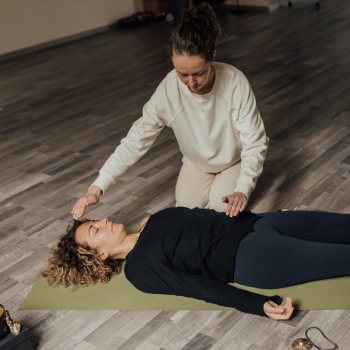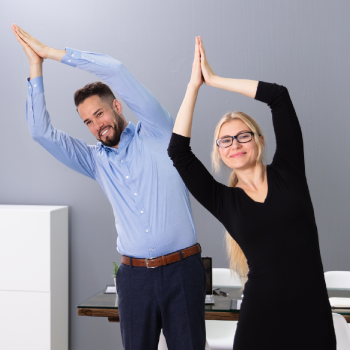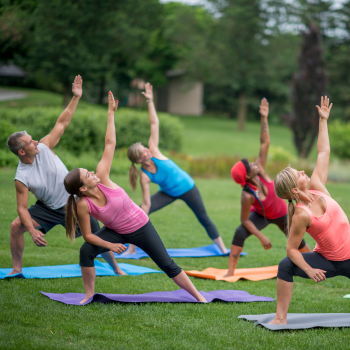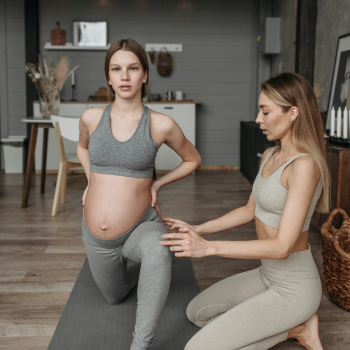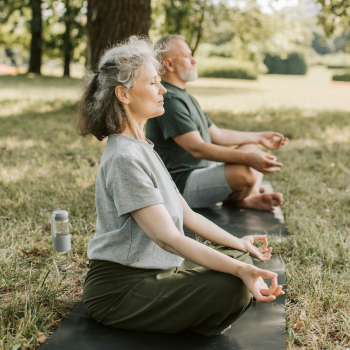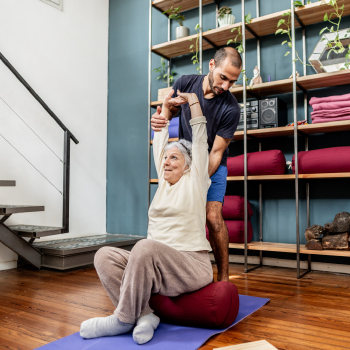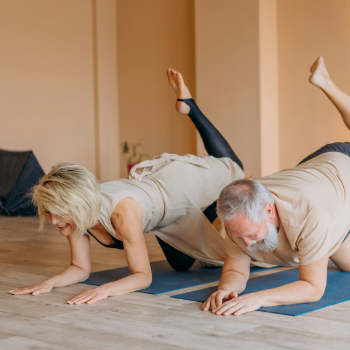Studies have shown that poststroke balance can significantly improve with the incorporation of yoga into rehabilitation programs. Yoga helps stroke survivors regain their balance by focusing on strength, flexibility, and body awareness. The mindful movements and poses in yoga enhance stability, coordination, and proprioception, promoting better balance control and reducing the risk of falls. Furthermore, the relaxation and stress-reducing aspects of yoga can contribute to overall well-being and support the recovery process after a stroke.
The pilot study presented aims to explore the effects of a yoga-based rehabilitation intervention on balance, balance self-efficacy, fear of falling, and quality of life in chronic stroke patients.
Background:
Post-stroke balance impairment is common and can lead to various complications, such as falls, depression, and a decrease in the quality of life.
While balance training is recommended for individuals with post-stroke balance impairment, specific guidelines for such training are not available.
Yoga, which involves a combination of postures, breathing, and meditation, is believed to offer therapeutic benefits beyond traditional exercises and has been suggested as a means to enhance balance and overall functioning in older adults.
Method:
The study was prospective, randomized, and included yoga-based rehabilitation for individuals with chronic stroke.
All yoga sessions were led by a registered yoga therapist and took place twice a week for 8 weeks.
Assessment tools included the Berg Balance Scale, Activities-specific Balance Confidence Scale, a yes/no question about the fear of falling, and the Stroke Specific Quality of Life scale.
Results:
Though there were no significant differences between the wait-list control group and the yoga group in terms of baseline or follow-up scores, the yoga group showed significant within-group improvement in balance and fear of falling.
Conclusion:
Yoga-based rehabilitation has potential benefits for individuals with chronic stroke, including improvements in various post-stroke factors.
Yoga may be an effective complementary method in rehabilitation and may be feasible in both medical and community settings, potentially offering a cost-effective approach.
Further studies on yoga-based interventions for stroke rehabilitation are encouraged.
In summary, while the results from the wait-list control and yoga groups were not significantly different, within the yoga group, participants showed marked improvement in balance and a reduction in the fear of falling after the intervention. This suggests that yoga might be beneficial for improving balance in chronic stroke patients.
The Impact of Group Yoga on Balance and Quality of Life Post-Stroke
Introduction: This case study explores the potential benefits of a modified yoga intervention for individuals with chronic stroke. The focus of the study is to assess the feasibility, impact on balance, quality of life (QoL), and participation post-stroke.
Methodology:
- Study Design: Statistical analysis, with descriptive statistics used for sample description.
- Sample: 47 people with a history of stroke.
- Intervention: Yoga-based protocol for 8 weeks with varying poses and techniques.
- Outcome Measures: Balance (measured by Berg Balance Scale, BBS), Balance Self-Efficacy, Fear of Falling (FoF), modified Rankin Scale (mRS) for disability, and QoL.
- Statistical Analysis: Independent t-tests, paired t-tests, Wilcoxon signed-rank test, and Bonferroni adjustment were used.
Results:
- Participation and Completion: Of the 47 participants, 37 were randomized to the yoga group and 10 to the control group. 29 participants from the yoga group completed all 8 weeks of the study.
- Balance: There was a significant improvement in balance for the yoga group, with a mean BBS increase of 6 points. Those with baseline balance impairment (BBS < 46) exhibited an even greater improvement with a mean BBS increase of 8 points.
- Fear of Falling: Post-intervention, fewer subjects in the yoga group reported a fear of falling (51% pre-intervention vs. 46% post-intervention).
- Disability: There was a significant increase in the number of people identified as “independent” on the mRS in the yoga group, with scores shifting from 57% to 68%.
- Quality of Life: There was a trend toward significant improvement in QoL for those who completed the yoga intervention.
- Balance Self-Efficacy: A significant improvement was observed only in those who completed the yoga intervention.
Discussion:
The results suggest that group yoga can be an effective intervention for individuals post-stroke. Participants showed a statistically significant and clinically meaningful improvement in balance. The increase in balance scores was larger than previously reported in other post-stroke exercise trials. Furthermore, improvements in balance self-efficacy and a trend toward better QoL were also observed.
Participants also reported increased confidence in balance-related tasks, possibly due to improved balance and opportunities to challenge their balance without sustaining a fall during yoga sessions.
Limitations:
- The outcome assessment was unblinded.
- Relatively small sample size.
- Low enrollment of women.
- Use of mRS, which has floor effects.
- Dichotomous FoF question rather than a standardized assessment.
Conclusion:
This pilot study indicates that a modified yoga intervention for individuals with chronic stroke is feasible and beneficial. Group yoga may serve as a valuable tool to improve balance, QoL, and participation post-stroke, warranting further extensive studies.
Funding and Disclosure: The project was supported by VA-QUERI-RRP: 09-095 and Dr. Schmid was supported by VA RR&D CDA D6174W. Ms. Schalk is a registered yoga therapist and owns Heartland Yoga-Therapy. No other disclosures were reported.
Written By: Ram on 06-01-2023

